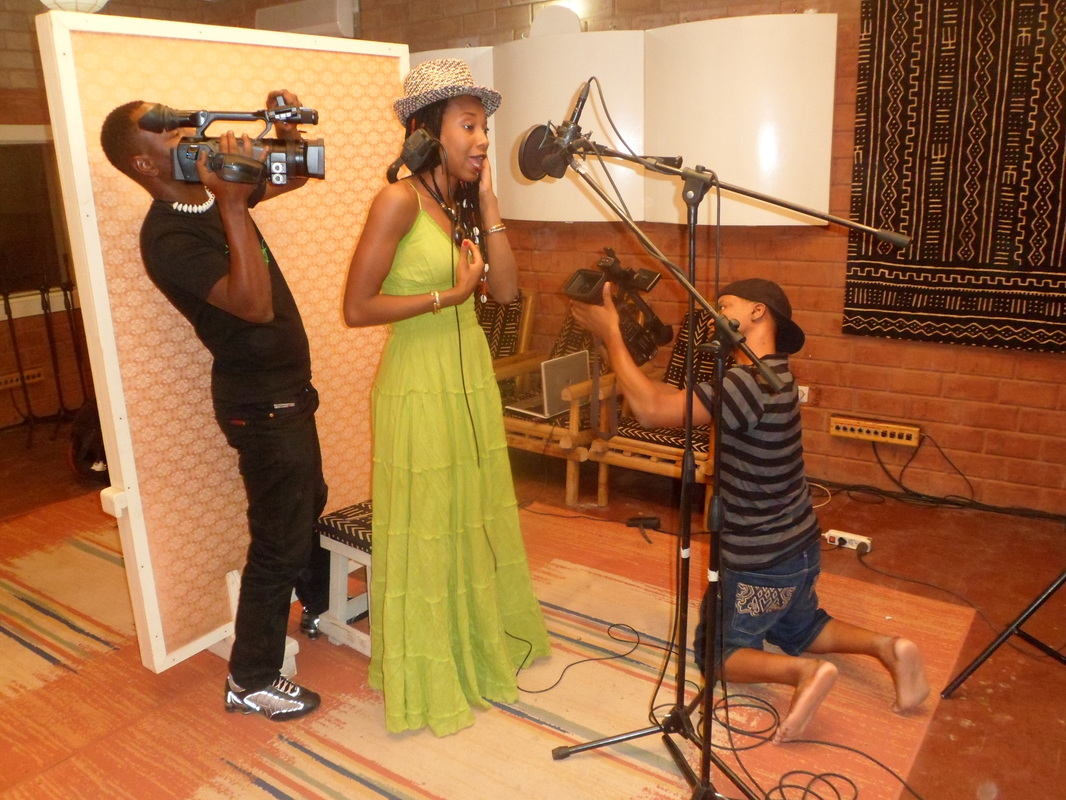Artistiya
|
Chapter 2: Artistiya introduces the status and identity that is at the center of Bamako Sounds: the “artist,” a social category of professional and amateur musicians in postcolonial Mali. Tracing the history of this identity through the recent past, the chapter situates the social and musical practice of the Malian artist in contexts of nationalism, statism, neoliberalism, and globalization. It argues for an Afropolitan ethics rooted in this professional history, from which new ideas and expressions about what it means to be an artist and make music in Mali (and beyond) emerge and artfully resound.
|
KEY TERMS
WHO'S WHO
QUESTIONS FOR DISCUSSION
FURTHER READING & DISCUSSION
|
